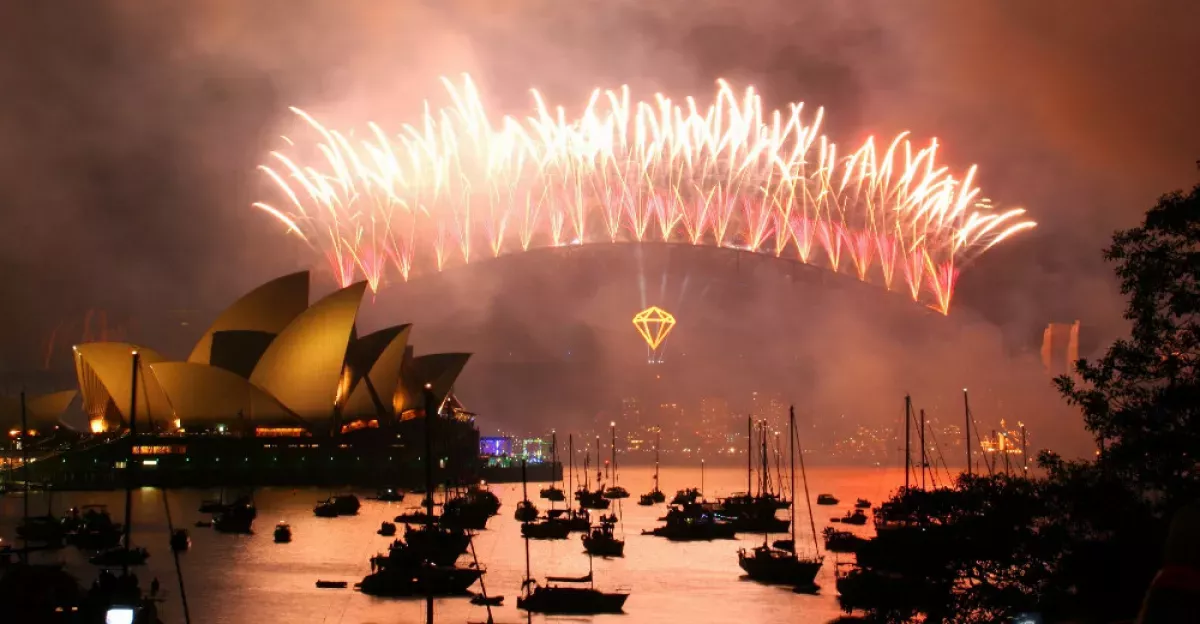Fireworks are pyrotechnic devices primarily utilized for entertainment and aesthetic displays. They are often combined in large displays for cultural and religious celebrations. However, mishandling of fireworks can lead to accidents. They are a popular form of visual entertainment, enjoyed by many.
1966: First Pyrotechnics Competition in Monte Carlo
Pyrotechnics experts from around the world have competed in Monte Carlo, Monaco, since 1966.
1969: Pyrotechnics Guild International Founded
The Pyrotechnics Guild International, Inc. (PGI) annual convention founded in 1969, hosts some the world's biggest fireworks displays occur.
1976: Crackerjacks, Inc. Organized
One of the oldest clubs, Crackerjacks, Inc., was organized in 1976 in the Eastern Seaboard region of the United States, uniting hobbyists and professionals in fireworks.
1997: Fireworks Regulations Become Stricter in the UK
Fireworks in the UK have become more strictly regulated since 1997.
2003: Perchlorate Contamination Prevention Act of 2003 enacted in California
In 2003, California's legislature enacted AB 826, known as the Perchlorate Contamination Prevention Act of 2003, requiring California's Department of Toxic Substance Control (DTSC) to adopt regulations specifying best management practices for perchlorate-containing substances.
2003: Federal Court Finds CERCLA Applies to Perchlorate Contamination
In 2003, a federal district court in California found that the Comprehensive Environmental Response, Compensation and Liability Act (CERCLA) applied to perchlorate because it is ignitable and therefore a "characteristic" hazardous waste.
2004: Disneyland Pioneers Compressed Air Fireworks
In 2004, Disneyland, in Anaheim, California, pioneered the commercial use of aerial fireworks launched with compressed air rather than gunpowder.
2004: Banning of Air Bombs and Limiting of Rocket Sizes in the UK
In 2004, single-shot air bombs and bottle rockets were banned in the UK, and rocket sizes were limited.
2004: Annual Festival Used 4,000 Rounds
The annual festival has grown in magnitude, from 4,000 rounds used in 2004.
December 2005: California's Perchlorate Best Management Practices Adopted
California's Department of Toxic Substance Control (DTSC) adopted the Perchlorate Best Management Practices on December 31, 2005. These practices became operative on July 1, 2006.
2005: La Patum Declared a Masterpiece by UNESCO
In 2005, UNESCO declared La Patum, a festival in Berga, Spain which has featured a ball de diables called Els Plens since 1628, one of the Masterpieces of the Oral and Intangible Heritage of Humanity.
2005: "Happy Hallowishes" Show Debuts at Walt Disney World
In 2005, the "Happy Hallowishes" show debuted at Walt Disney World's Magic Kingdom "Mickey's Not-So-Scary Halloween Party" event.
2005: Annual Festival Used 6,000 Rounds
In 2005, the annual festival has grown in magnitude to 6,000 rounds used.
2005: Harmonization of Fireworks Law in the UK
Since 2005, UK firework law has been harmonised gradually, in accordance with other EU member state laws.
July 2006: Perchlorate Best Management Practices operative in California
The Perchlorate Best Management Practices became operative on July 1, 2006, as required by California's AB 826, the Perchlorate Contamination Prevention Act of 2003.
2006: Annual Festival Used 9,100 Rounds
In 2006, the annual festival has grown in magnitude to more than 9,100 rounds used.
June 2007: ERD Approved Circular Firing Sites in Canada
In June 2007, the ERD in Canada approved circular firing sites for use with vertically fired mortars, requiring a safety distance of at least 175-meter radius, plus adjustments for wind speed and direction.
2007: California Issued Drinking Water Standards
In 2007, California issued drinking water standards for perchlorates.
2007: Age Restriction Raised in New Zealand
In 2007, the minimum age to purchase fireworks in New Zealand was raised from 14 to 18 years.
March 2008: New Firework Classification in UK
From March 2008, in the UK, any firework with more than 5% flashpowder per tube has been classified as 1.3G.
2008: Guy Fawkes Night Events Described in The Guardian
In 2008, The Guardian newspaper said that Britain's biggest Guy Fawkes Night events were something.
August 2009: ACT Government Announces Ban on Backyard Fireworks
On August 24, 2009, the ACT Government announced a complete ban on backyard fireworks.
2009: "Halloween Screams" Show Debuts at Disneyland Park
In 2009, the "Halloween Screams" show debuted at Disneyland Park.
2009: Finland Restricts Fireworks Sales to Those Under 18
In Finland, since 2009, those under 18 years old have not been allowed to buy any fireworks. Safety goggles are required. The use of fireworks is generally allowed on the evening and night of New Year's Eve, 31 December.
2010: No Federal Drinking Water Standards for Perchlorates in the United States as of 2010
As of 2010, there are no federal drinking water standards for perchlorates in the United States, although the US Environmental Protection Agency has studied the impacts of perchlorates on the environment and drinking water.
2012: Consumer Fireworks Revenue at $645 Million
Consumer fireworks revenue was significantly lower at $645 million in 2012.
2015: Collecchio Mandates Silent Fireworks
In 2015, the Italian town of Collecchio mandated silent fireworks, being among the first to make the switch without losing the beauty of the visual displays.
2016: House of Commons Debated Firework Restriction Motion
In 2016, the House of Commons of the United Kingdom debated a motion to restrict firework use after a petition signed by over 100,000 Brits. This debate occurred because many dogs experience distress, fear, and anxiety during firework displays.
2020: Nationwide Ban on Sale of Category F2 Fireworks in Germany
During the COVID-19 pandemic, in 2020 there was a nationwide ban on the sale of category F2 fireworks to consumers on New Year's Eve in Germany, with the aim to relieve the burden on hospitals by reducing the number of emergencies due to injuries caused by fireworks on New Year's Eve.
2020: Consumer Fireworks Sales Doubled
In the year 2020 preceding the pandemic, consumer fireworks sales almost doubled, reaching $2.3 billion.
2021: Nationwide Ban on Sale of Category F2 Fireworks in Germany
During the COVID-19 pandemic, in 2021 there was a nationwide ban on the sale of category F2 fireworks to consumers on New Year's Eve in Germany, with the aim to relieve the burden on hospitals by reducing the number of emergencies due to injuries caused by fireworks on New Year's Eve.
2022: Study Indicates Lasting Effect on Birds After Fireworks
A scientific study from 2022 indicated that fireworks might have some sort of lasting effect on birds. The study found that many birds spent more time to find food in the weeks after New Year's Eve fireworks.
2023: NYU Langone Health Study Assesses Macy's Fireworks' Effects on Pollution
In 2023, a team of researchers from NYU Langone Health assessed the effects of the Macy's 4th of July Fireworks on localized air and water pollution. The study showed a sharp rise in airborne particulates and increased levels of heavy metals in the East River after the fireworks.
2024: Widespread Criminality and Negligence on New Year's Eve
On the 2024–2025 New Year's Eve and day, five were killed and 100+ were injured due to unusually intense widespread criminality and negligence related to fireworks.
2025: Widespread Criminality and Negligence on New Year's Eve
On the 2024–2025 New Year's Eve and day, five were killed and 100+ were injured due to unusually intense widespread criminality and negligence related to fireworks.
2028: Fireworks Sales Projected to Reach $3.3 Billion
Industry projections currently anticipate a further increase, forecasting fireworks sales to reach $3.3 billion by 2028.
Mentioned in this timeline
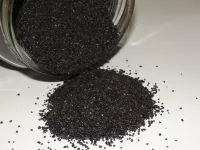
Gunpowder also known as black powder is the oldest known...
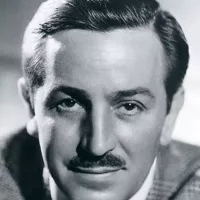
Walter Elias Disney was a highly influential American animator film...
California is a U S state on the Pacific Coast...
New Zealand is an island country located in the southwestern...
The Guardian is a British daily newspaper founded in as...
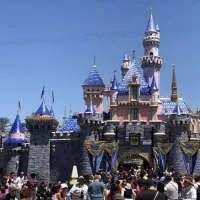
Disneyland located in Anaheim California is the first theme park...
Trending

Tyrese Kendrid Maxey known as The Franchise and Mad Max is a professional basketball player currently with the Philadelphia ers...

Andre Drummond is a Jamaican-American professional basketball player currently playing center for the Philadelphia ers in the NBA He was...
Taylor Momsen is an American singer songwriter musician model guitarist and former actress She is known for her roles as...
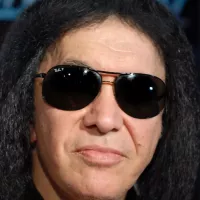
Gene Simmons also known as The Demon was the bassist and co-lead singer of the rock band Kiss He co-founded...
27 days ago New handbag, dishes, snacks, drinks, and holiday mocktails appear at Disney Springs.

6 months ago Ron Howard Reflects on 'The Studio' Scene with Bryan Cranston, Sarah Polley, and Dave Franco.
Popular
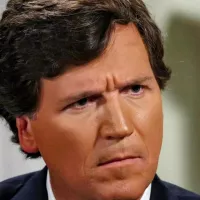
Tucker Carlson is an American conservative political commentator known for...

Candace Owens is an American conservative political commentator and author...

XXXTentacion born Jahseh Dwayne Ricardo Onfroy was a controversial yet...

Ben Shapiro is a prominent American conservative political commentator media...

William Franklin Graham III commonly known as Franklin Graham is...
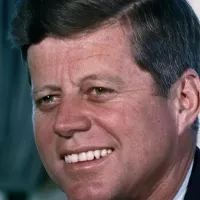
John F Kennedy JFK was the th U S President...
